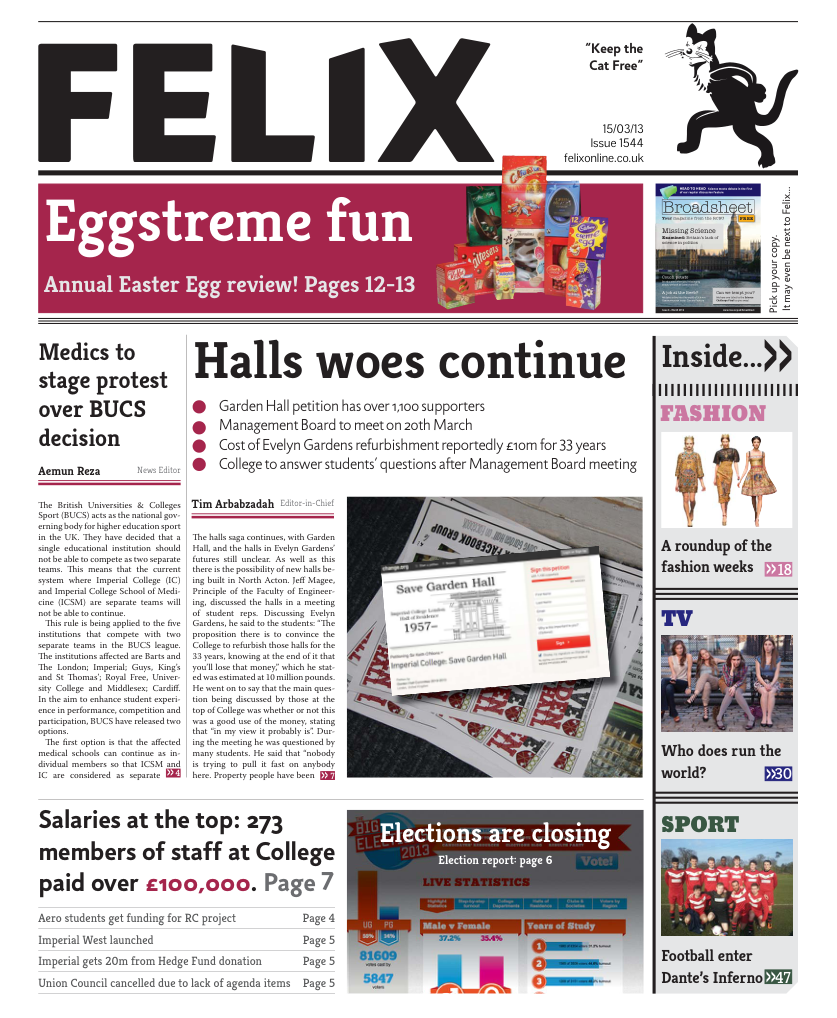The Science Museum, Thinktank style
Lily Le goes up north

”A science museum... in Birmingham?! HA!” is the typical response received when I mention Thinktank Science Museum to anyone outside of the West Midlands.
As regarding jokes about stupidity which Midlanders are the butt of, Thinktank surely does not have a place among them. Its passion to place science in the spotlight, engage and inspire really comes across.
As a volunteer, I get to explore the museum for free, chat to behind-the-scenes staff, have access to unlimited free tea, and 15% off in the gift shop. Here’s what I make of the place.
Most exhibits do seem aimed at children. For the very young are Kids’ City and The Street full of colourful playthings. For older children, and perhaps visitors less aware of the medical world, a highlight is interactive Medicine Matters, which demonstrates surgery and invites the questioning of clinical policy.
My personal favourite is the natural history section, and adults may particularly enjoy the Power Up Gallery, which show off the majestic machines which used to underlie the Industrial Revolution. The Planetarium is what every visitor does not dare miss. Numbers in queues far exceed seats available. There is usually at least one show aimed at adults, but most are targeted at children. We volunteers put them on and get to watch them for free –usually the same on repeat. Being a biologist and clueless about physics thankfully makes this interesting.
Digital planetariums block out distractions and engage minds fully
Due to The Little Star That Could (for under elevens), I now know what stars look like when they are first born, when very hot and “angry”, and even when they concede to death. Thanks Thinktank!
For the Planetarium’s manager, Mario di Maggio, there is no medium like a dome to engage with an audience about science. “60% of the world’s population will be living in light-polluted cities by 2030. This public service is more important than ever. Digital planetariums fill people’s field of view and engulf people’s senses. They block out distractions and engage minds fully, resulting in higher retention levels and improved learning.”
It is awesome that Thinktank tries to encourage young children to take an interest in the science, but for me it doesn’t quite cut it compared to the exhibits at the Wellcome Collection, NHM and Science Museum when it comes to stimulating the curiosity of adults, and especially for adults trained in science.
Special adult-only evenings are sometimes run to fill this niche. Though yet to attend any, I hope to do so, especially the Dome Club run by the Planetarium team which recently put on Pink Floyd’s Dark Side of the Moon with 360˚ visuals.
For more information on Thinktank visit[ www.thinktank.ac](http:// www.thinktank.ac).
Read Lily’s full interview with Mario di Maggio at www.isciencemag.co.uk/features/surrounded-by-science/









